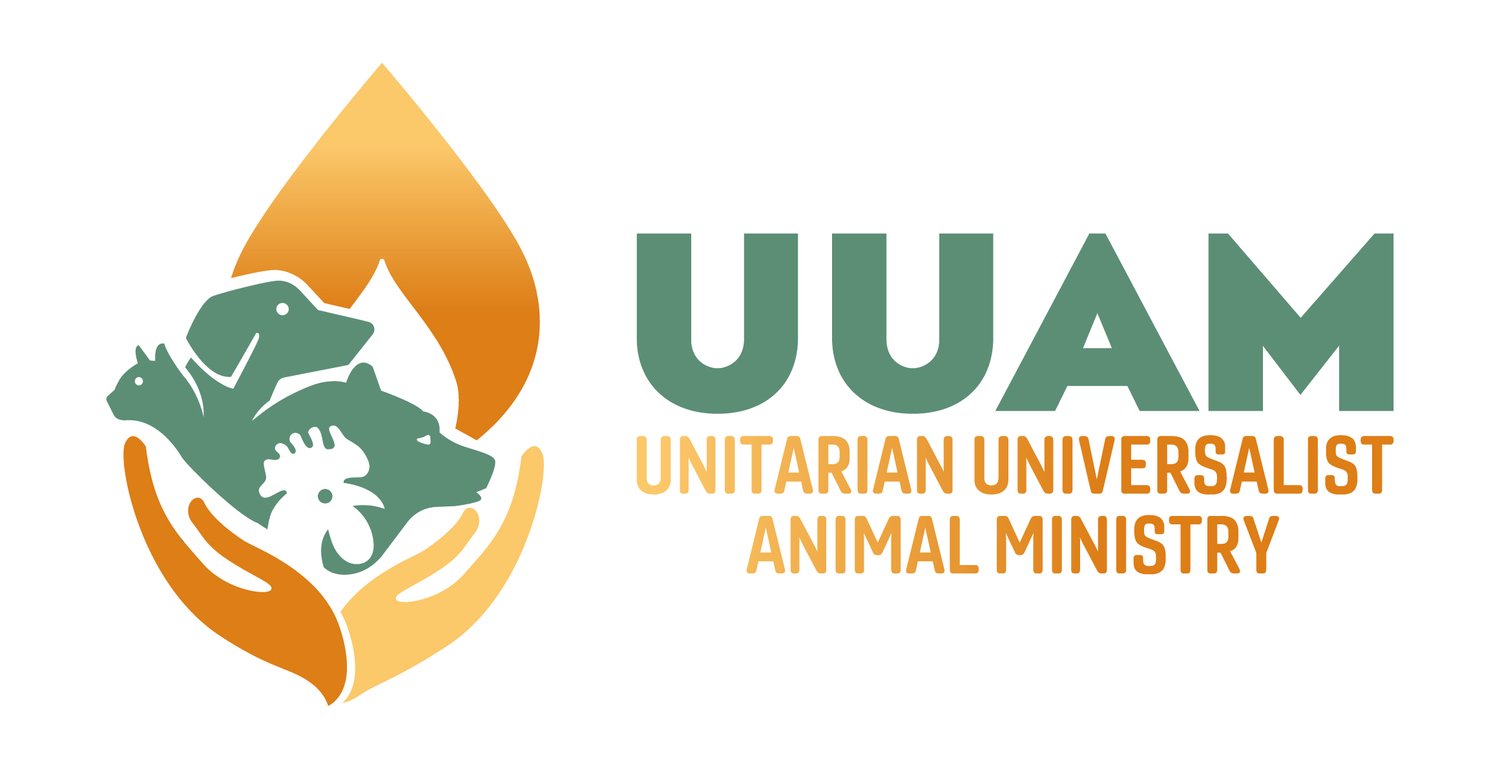UUAM BLOG
A free and responsible search for truth and meaning considers many perspectives. The information contained in contributed articles represents the views and opinions of their authors and does not necessarily represent the views and opinions of UUAM.
The Transformative Potential of AI for Wildlife Conservation
This article examines AI's transformative potential in wildlife conservation, highlighting its ability to enhance data collection, real-time monitoring, anti-poaching efforts, and more. It showcases innovative applications like wildlife identification, migration tracking, and habitat protection. However, despite these promising applications, the article also raises concerns about AI’s use for wildlife conservation. The article emphasizes the need for responsible development and interdisciplinary collaboration to ensure AI becomes a powerful tool for conservation.
Can AI Decode the Meaning of Animal Communications?
This article delves into the potential of AI to decode animal communications, highlighting both the promising benefits and the significant challenges. It discusses various communication methods animals use, from vocalizations to bioluminescence, and outlines traditional and AI-based efforts to decipher these signals. Despite obstacles such as the complexity of animal communication and ethical concerns, the article underscores the profound scientific, conservation, and relational benefits that could arise from successfully decoding animal communications.
Can Artificial Intelligence Reduce Traditional Animal Testing?
This article addresses the remarkable potential of artificial intelligence (AI) to reduce traditional animal testing (AT). Not all lab animals will be as lucky as our mouse friend pictured above, but with AI, more and more will.
AI on Factory Farms: Wow or Woe for Farmed Animals?
The article explores artificial intelligence (AI) in factory farms, a.k.a. Concentrated Animal Feeding Operations (CAFOs). While AI proponents promise AI will improve animal welfare through better monitoring and resource allocation, opponents and skeptics counter that it will likely lead to a worse world for farmed animals by prioritizing production and profits over animal welfare and perpetuating CAFOs and meat consumption.
Speciesist Bias in AI: An Overlooked Threat to Animals
Artificial intelligence (AI) biases against humans based on race, gender, and ethnicity are frequently discussed. In contrast, AI biases against animals remain mostly unnoticed, undiscussed, and unaddressed — a "blind spot," says animal ethics philosopher Peter Singer. This article, the first in a five-part series about the impacts of AI on animals, explores AI's systemic bias against animals or "speciesist bias.” Rooted in biased AI data and algorithms, it permeates language models and image recognition, recommender, and image creation systems. While AI bias threatens animal rights and welfare, corrective measures can mitigate them.





